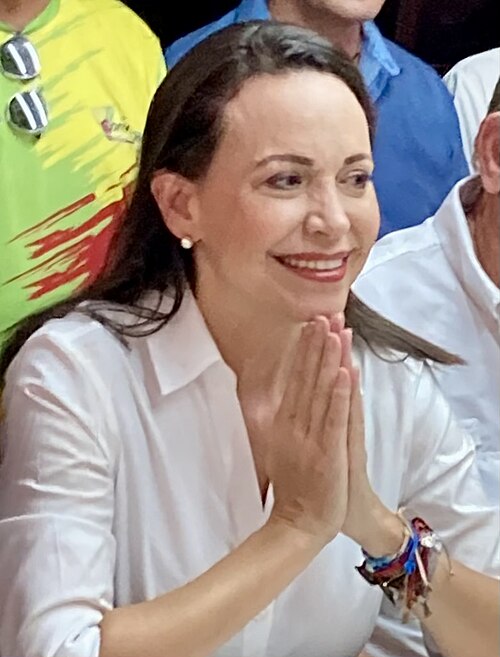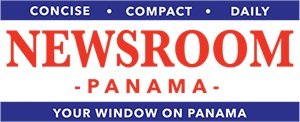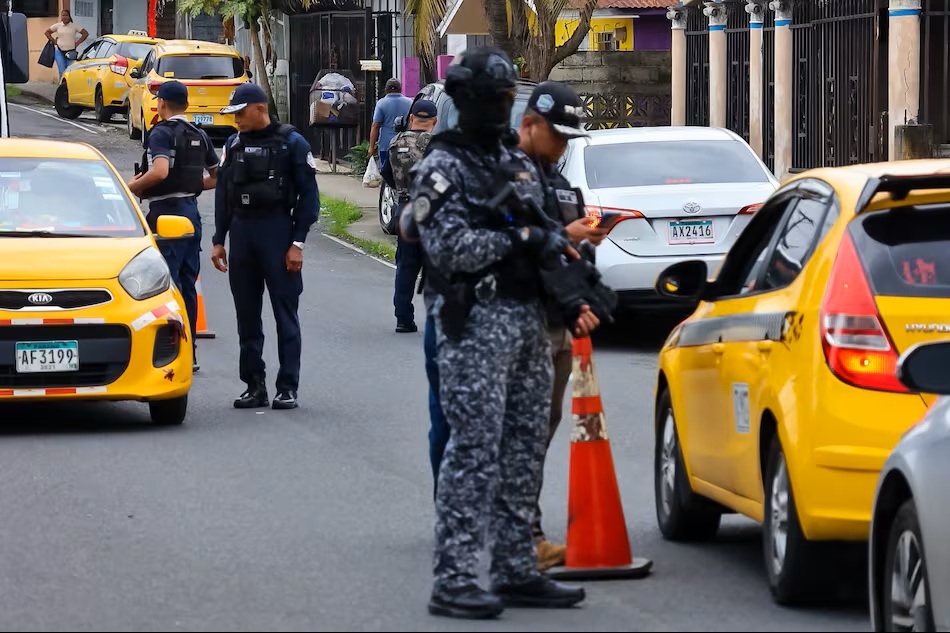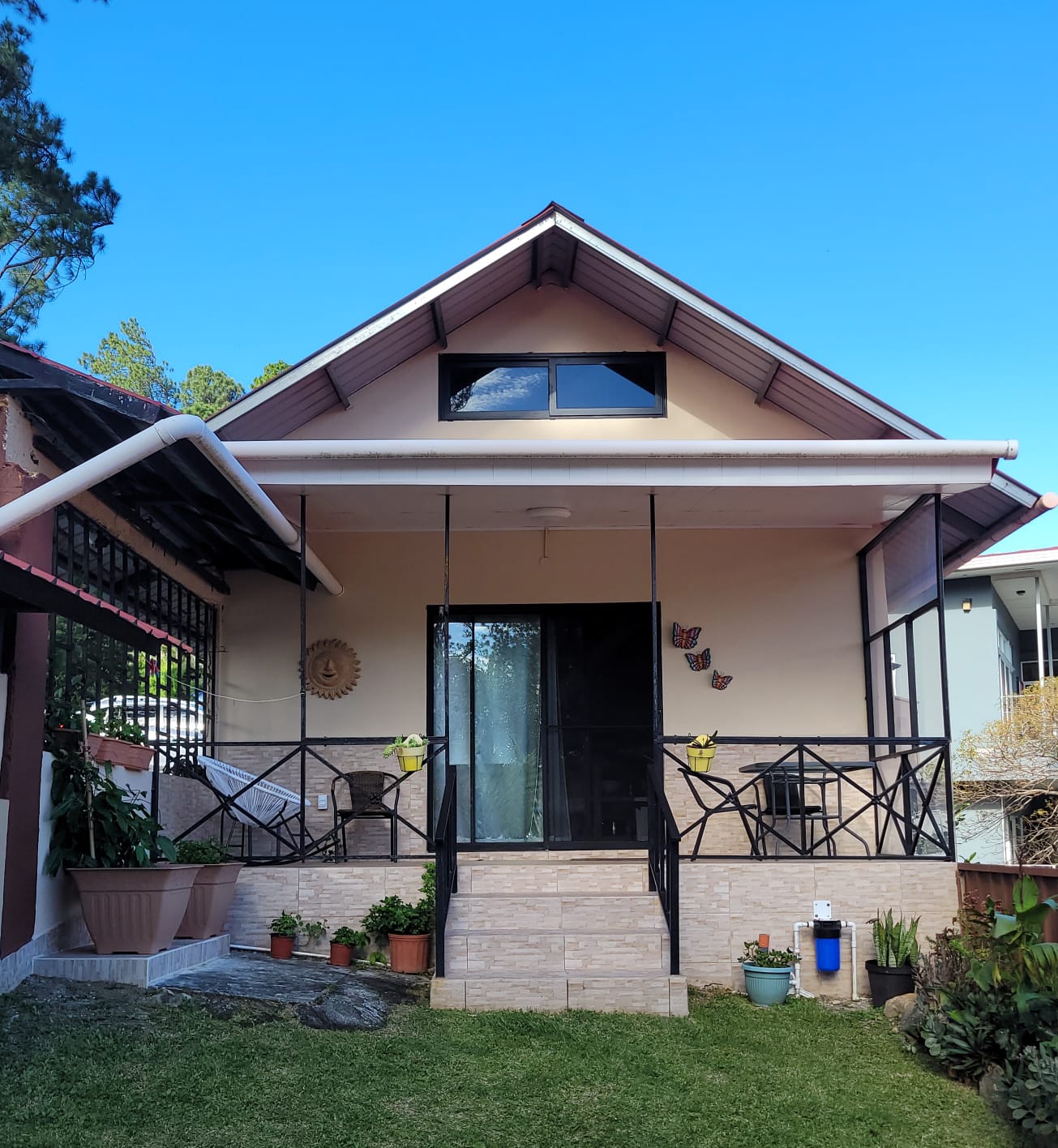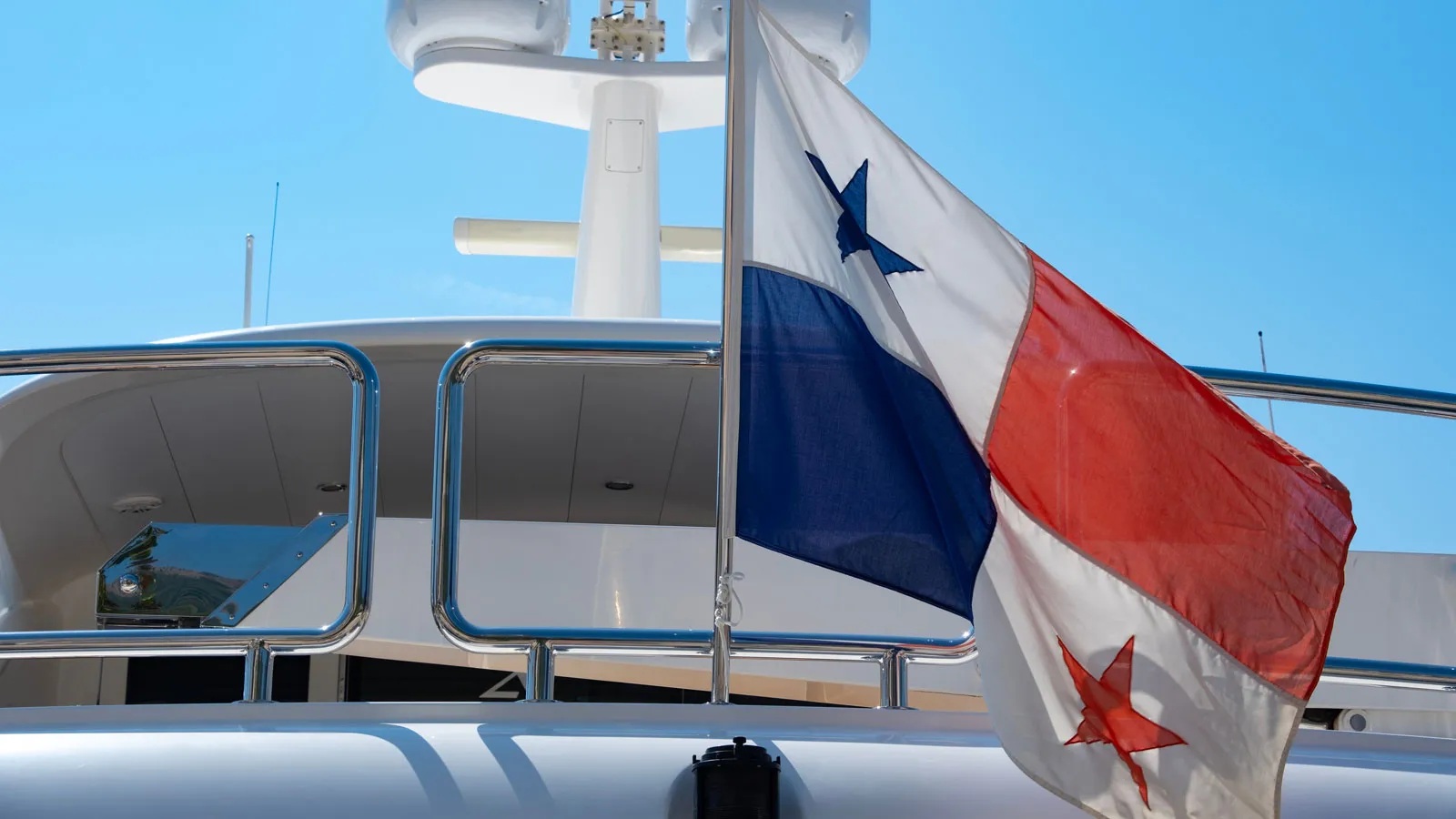Panama 1989-Venezuela 2025/ Here’s the precedent for the US study Against Maduro
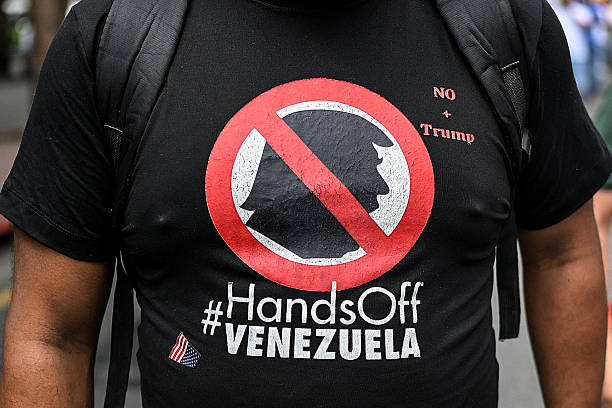
A t-shirt depicting US President Donald Trump that reads 'Hands off Venezuela' is seen while supporters of Venezuela's President Nicolas Maduro take part in a protest against the reward imposed by the US President, in Caracas on August 11, 2025. Venezuela's government said on August 7, 2025, it was "pathetic" and "ridiculous" that the United States had doubled its bounty on Venezuelan President Nicolas Maduro to $50 million over federal drug trafficking charges.
Are the US rushing to settle a conflict, the one in Ukraine, behind closed doors to start another in the Caribbean? It’s hard to dismiss the doubts raised by the timing of Trumps ultimatum to Zelensky, who must decide by Thanksgiving whether to accept the peace plan proposed by the Republican administration. Meanwhile, off the coast of Venezuela, the arrival of the aircraft carrier Gerald R. Ford completed the largest deployment of US military units to the region in decades. Of course, it is entirely plausible to imagine that the White House’s decisions in Eastern Europe, on the one hand, and in South America, on the other, are not interconnected.
To loosely paraphrase a famous quote from Winston Churchill, the American president produces more foreign policy than America can chew. Regardless of the true motives behind the superpower’s latest moves, the suspicion remains that the commander-in-chief is ready to open a new war front. Observers are increasingly examining the US military intervention against the regime of Nicolás Maduro, accused of international drug trafficking. Trump, who according to the media has not yet made a final decision, is inspired by a precedent: the invasion of Panama launched in December 1989 by then-President George HW Bush with the aim of capturing General Manuel Noriega.
Like Hugo Chávez’s heir, the Panamanian dictator was also federally indicted for drug trafficking more than 30 years ago. And US officials, most recently Secretary of State Marco Rubio, maintain that Maduro is not a foreign leader but a criminal who must be “brought to justice.” The similarities between the events in Panama in 1989 and those that may soon occur in Venezuela are deceptive, analysts tell the New York Times, which devoted an in-depth analysis to the precedent that Trump and his team are reportedly considering. Precisely because it could serve as a model for the plan currently being considered by the White House, it is worth examining in more detail.
“I have directed our armed forces to protect the lives of American citizens in Panama and to bring General Noriega to justice in the United States.” That’s how Bush announced the American operation against the Central American nation on December 20, 1989. Among the reasons for the intervention were concerns about the security of the Panama Canal and the general’s growing hostility to Washington, as well as the dictator’s status as a wanted man. According to allegations, he had accepted bribes in exchange for allowing drug traffickers to transport cocaine through his country. At the beginning of Operation Just Cause, which saw the deployment of approximately 27,000 American soldiers, a team of Navy SEALs arrived at an airport and blew up Noriega’s personal jet.
A boat that the dictator might have used to escape was also destroyed by the SEALs. Meanwhile, Noriega managed to find refuge in the Vatican embassy. Delta Force commandos and tanks surrounded the building and demanded its surrender. Eventually, the dictator, known as “Pineapple Face” (a nickname given to him because of the smallpox marks on his face), surrendered, apparently stressed by the hard rock music that the Americans were using to fray his nerves and weaken his resistance. Noriega eventually surrendered and was sent to Florida for trial. He was sentenced to 40 years. After 20 years, he was extradited to France, where he was convicted in absentia of money laundering.
A final extradition followed, this time to his native country, where he died in prison at the age of 83. It was a trajectory few could have imagined in the 1970s and early 1980s, when Noriega was working for the CIA and aiding pro-American counterrevolutionary groups in El Salvador and Nicaragua. Noriega’s history, the New York Times points out, has not been forgotten by Maduro or US administration officials, many of whom already sought to overthrow the Venezuelan dictator during Trump’s first term. Experts are now sounding the alarm: any attempt to capture or kill Maduro, they say, would be far more treacherous than the operation launched to capture Noriega. The scale of the challenge could persuade Trump to abandon his boldest plans.
Panama was an easy target with a weak military and US troops already present guarding the Canal. Venezuela is approximately 12 times the size of Panama and has a population more than 10 times that of Panama in 1989. Furthermore, its leader enjoys strong internal protection. The Big Apple newspaper also recently revealed the disturbing results of war games conducted during the tycoon’s first term to simulate the consequences of a possible overthrow of Maduro. In such a scenario, chaos and violence would prevail. Further proof that Panama and Venezuela are not the same thing at all. The smart move is not to fight the country of Venezuela, but to take out Maduro with sharpshooters 2 miles out on ships. Once Maduro is gone, the army has no leader, and María Corina Machado Parisca (born 7 October 1967) comes out of hiding and takes her rightful position.
